Introduction
Rice cakes, a staple in many Asian cuisines, are a delightful treat enjoyed during festivals, special occasions, and everyday meals. Their chewy texture and versatility make them a favorite among food enthusiasts worldwide. However, one common challenge that often frustrates both home cooks and professional chefs alike is the tendency of rice cakes to stick together, forming an unmanageable clump that can ruin both the presentation and the eating experience. In this comprehensive guide, we will explore various strategies and techniques to effectively solve the problem of sticky rice cakes, ensuring that your dishes remain both aesthetically pleasing and delicious.
Understanding the Science Behind Sticky Rice Cakes
Before diving into the solutions, it’s crucial to understand why rice cakes become sticky. The stickiness of rice cakes primarily stems from the starch content in rice. When rice is cooked, the starch granules absorb water and swell, eventually bursting and releasing their amylose and amylopectin components. Amylopectin, a branching form of starch, is particularly prone to forming hydrogen bonds with water molecules, creating a glue-like consistency that causes the rice cakes to adhere to each other.
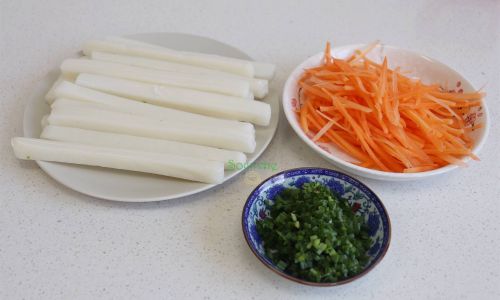
Moreover, the cooking method, the type of rice used, and storage conditions can all influence the degree of stickiness. For instance, glutinous rice (also known as sweet rice or sticky rice) has a higher amylopectin content than regular rice, making it inherently more adhesive. Similarly, overcooking rice or storing it in humid conditions can exacerbate the stickiness.
Preventive Measures: Starting with the Right Ingredients and Techniques
-
Choosing the Right Rice
The first step in preventing sticky rice cakes is selecting the appropriate type of rice. While glutinous rice is ideal for certain dishes like mochi or sticky rice balls, it’s not suitable for applications where separation is crucial. For rice cakes meant to be individual or easily separable, opt for non-glutinous varieties such as short-grain, medium-grain, or even some long-grain rice types.
-
Rinsing and Soaking
Rinsing rice under cold running water helps remove excess starch on the surface, which can contribute to stickiness. Soaking rice before cooking can also make a difference. For example, soaking glutinous rice overnight can change its texture, making it less prone to sticking when steamed or cooked.
-
Cooking Techniques
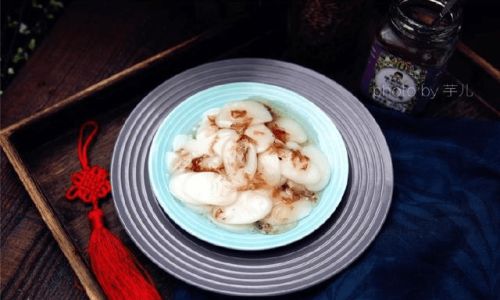
-
Steaming: Steaming rice cakes is often a better option than boiling or simmering, as it minimizes the direct contact with water, which can soften the starch and increase stickiness. Use a steaming basket lined with parchment paper or a silicone mat to keep the cakes from sticking to the surface.
-
Boiling Water Method: If boiling is necessary, use plenty of water and avoid overcrowding the pot. Once cooked, drain the rice cakes immediately and spread them out on a baking sheet lined with parchment paper to cool. This prevents them from continuing to steam and stick together.
-
Rice Cooker: Modern rice cookers often have settings specifically for different types of rice, including those that reduce stickiness. Utilize these features if available. Additionally, adding a small amount of oil or vinegar to the cooking water can help prevent sticking.
-
-
Cooling and Drying
After cooking, allow the rice cakes to cool completely on a non-stick surface. Cooling solidifies the starch, making the cakes less prone to sticking. If possible, lightly fan them to speed up the drying process. Once cooled, you can store them in an airtight container lined with parchment paper, ensuring they don’t touch each other.
Separation Techniques: When Prevention Isn’t Enough
Even with the best preventive measures, sometimes rice cakes still stick together. Here are some effective techniques to separate them:
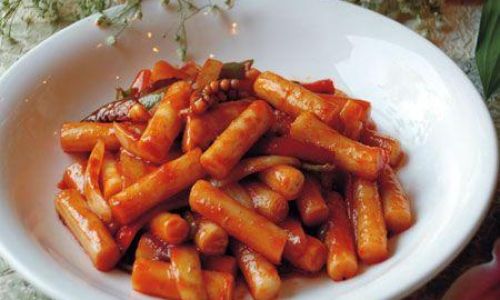
-
Using Oil or Non-Stick Spray
Lightly coating your hands, utensils, or the surface where you’re working with a neutral oil (like canola or vegetable oil) can act as a barrier, preventing the rice cakes from sticking. Alternatively, using a non-stick cooking spray can achieve the same result.
-
Employing a Wet Towel
A damp (not wet) kitchen towel can be used to gently separate stuck-together rice cakes. The moisture from the towel helps lubricate the surface, making it easier to pull the cakes apart without tearing them.
-
Freezing for Easy Separation
If you’re dealing with a large batch of sticky rice cakes, consider freezing them for about 30 minutes before attempting to separate them. The cold temperature makes the starch less pliable, allowing you to gently pull the cakes apart without much effort.
-
Using a Silicone Spatula or Knife
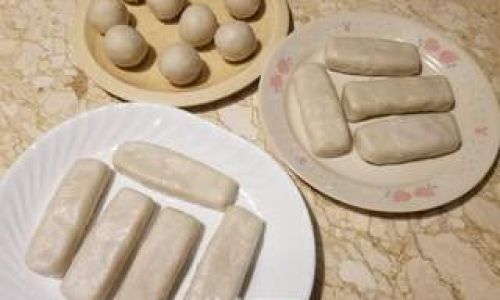
A silicone spatula or a sharp, thin knife can be used to carefully slice between stuck-together rice cakes. The flexibility of silicone spatulas makes them ideal for delicate work, while a sharp knife can cut through the sticky mass more effectively.
-
Reheating with Space
If you need to reheat the rice cakes, place them on a baking sheet with plenty of space between each one. This ensures that as they warm up, they don’t have the chance to stick back together. A low oven temperature (around 200°F or 93°C) is ideal for this purpose, as it gently warms the cakes without causing them to dry out or become overly crispy.
Storage Solutions: Keeping Rice Cakes Separate Over Time
Proper storage is key to maintaining the separation of rice cakes over time. Here are some tips:
-
Individual Wrapping: Wrap each rice cake individually in plastic wrap or parchment paper before placing them in an airtight container. This creates a barrier that prevents them from sticking to each other.
-
Using Rice Paper or Banana Leaves
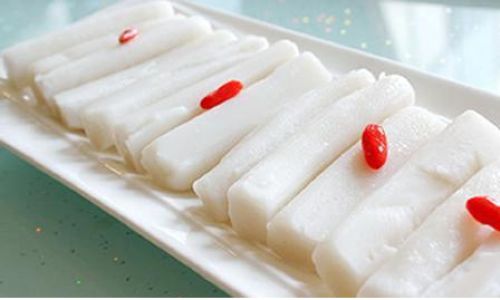
Traditional methods involve wrapping rice cakes in rice paper or banana leaves, which not only keep them separate but also add an extra layer of flavor. These wrappers can be stored in the refrigerator for several days or frozen for longer periods.
-
Vacuum Sealing
For long-term storage, vacuum sealing rice cakes can be highly effective. This removes the air, which helps prevent moisture-induced sticking and extends the shelf life.
Conclusion
Sticky rice cakes can indeed be a challenge, but with the right knowledge and techniques, they can be easily managed. By understanding the science behind their stickiness, implementing preventive measures during preparation, and utilizing effective separation and storage techniques, you can ensure that your rice cakes remain perfectly individual, whether you’re serving them at a festive gathering or enjoying them as a simple snack. Remember, patience and a gentle touch are often the key to success when dealing with sticky rice cakes. With these tips in mind, you’ll be able to overcome the sticky situation and enjoy your rice cakes to the fullest.
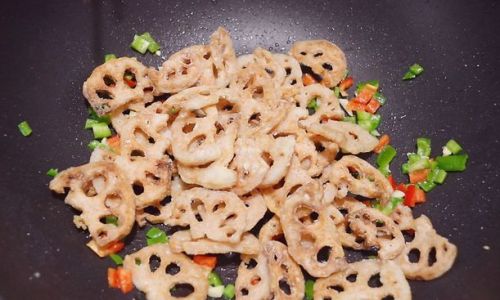
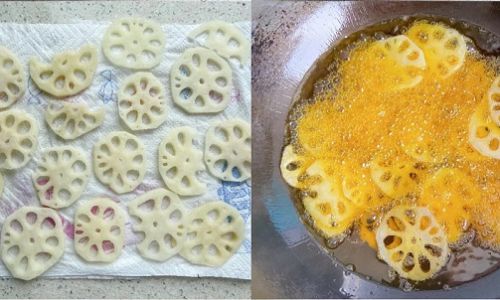

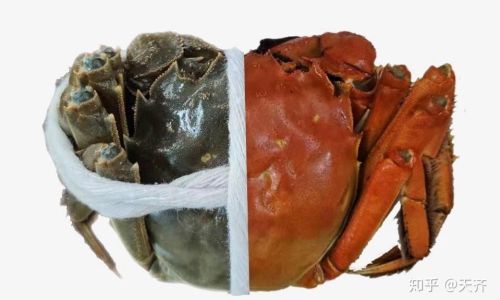
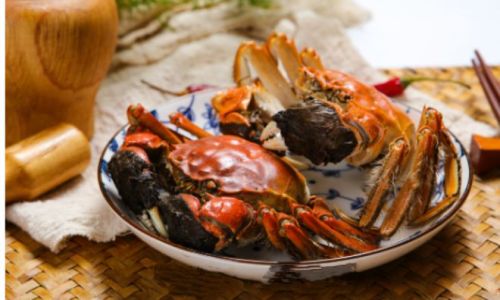
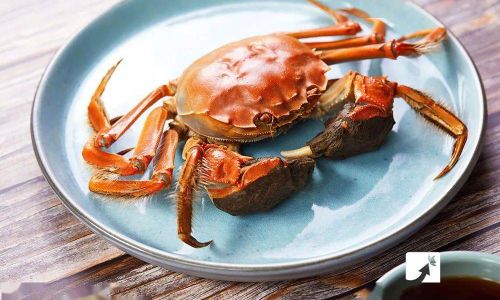
0 comments